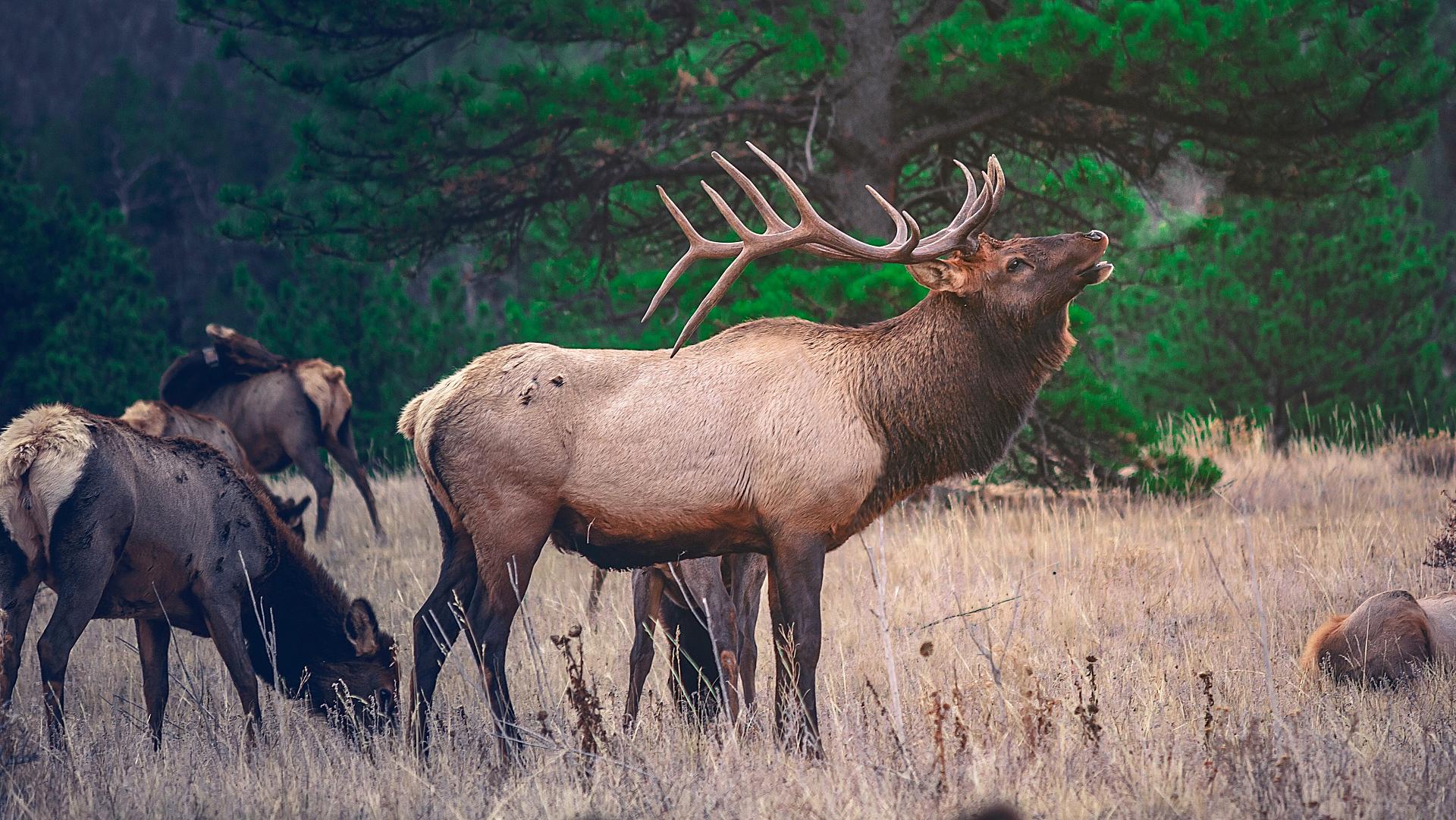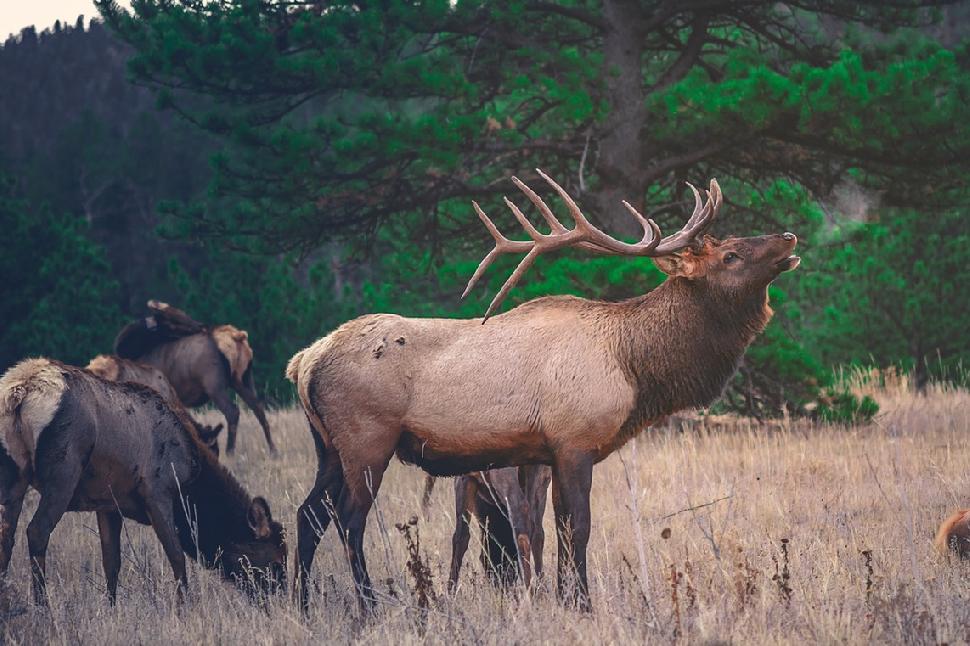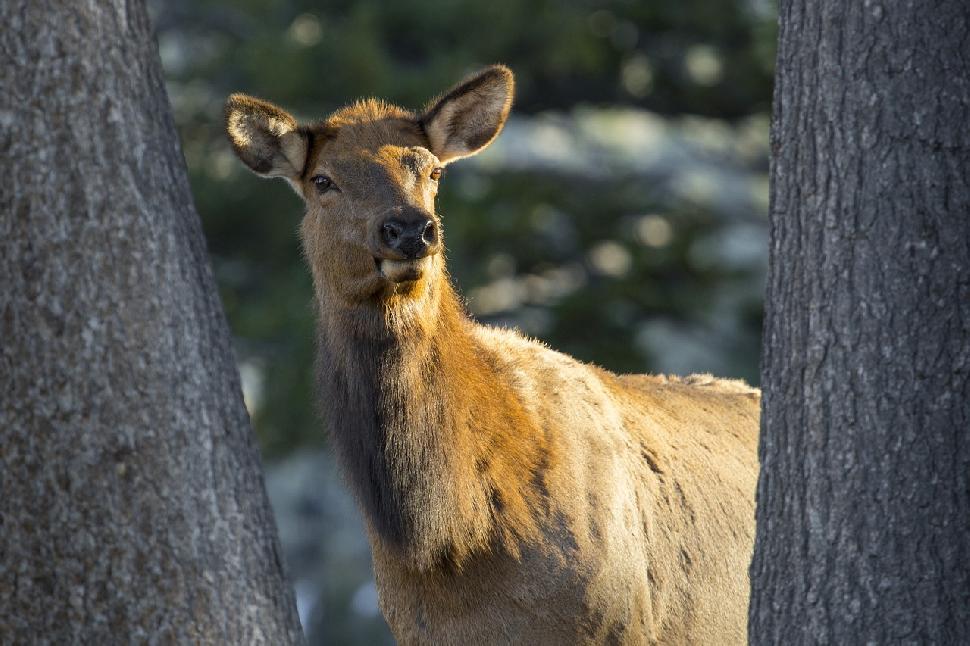Talking bull
Hoping to connect with a trophy elk? The key to a successful hunt is learning his lingo and getting the conversation started
Advertisement
THE LANGUAGE OF ELK
To effectively call in a big bull, you first need to learn what elk sound like, then practise imitating those sounds (see “Make the call” for the various calls you can use). And don’t worry—you don’t need to be a world champion caller to be effective. More than once, in fact, I’ve been duped by a bull that I ignored, thinking instead it was a novice hunter because the call sounded so terrible. Still, the better your call, the better your odds of drawing in a bull.
Advertisement
Bull bugle
Bugling is the most recognizable of all the elk sounds. A normal bugle sequence starts with a roar, immediately followed by a series of notes sliding from low to high in pitch. The call increases in speed toward the highest note, which is held the longest, then released with a short, low grunt. To create a roar, make a growling rrrr sound deep in your chest. The full bugle sequence sounds like rrrr-eeee-EEEEE-uh. Bugles may also end with a chuckle (see below). Bull elk bugle before, during and even after the rut. The exact sound of the bugle differs depending on the bull, his level of dominance, the timing of the rut and whether he’s with cows. Hunters can use bugling to locate a bull, assess his level of dominance and determine his willingness to respond.
Bull chuckle
Advertisement
The chuckle is a series of panting grunts that may follow a bugle. You can also hear them on their own. Established herd bulls chuckle as a sign of dominance, and any bull that’s vying for cows will chuckle when challenging another bull.
Bull glunk
Also known as a “glug,” this interesting call comes from deep within the lungs, and it sounds as though the elk is gulping water. Bulls create this sound when herding cows or checking them for signs of estrous. It’s a difficult, but not crucial, call for hunters to reproduce.
Cow/calf mew
Cow elk (above) call to their calves, other cows and bulls with a mew. It may relay different messages, but normally it’s a calming call that puts the herd at ease. It typically starts on a high note and ends with a shorter, lower note, sounding like a meeh-ew or a whiny eeeee-ow lasting one to three seconds. Calf elk sound like cows, but not quite as loud. Calves may also respond to an elk with a chirp, which is a short, choppy shee-yah. During the peak of the rut, making your cow call extra whiny can drive a bull crazy. Done right, it will seduce even the most steadfast herd bull into leaving his harem to look for love.
Bark
Sensing possible danger, elk use this short, shrill bark to warn other elk. If you’re hunting and you hear a bark—it sounds like ee-yuh—it means elk have seen, smelled or heard you and your cover is blown. A bark puts other elk in a hyper-alert state, and more than likely, they will leave the area.



